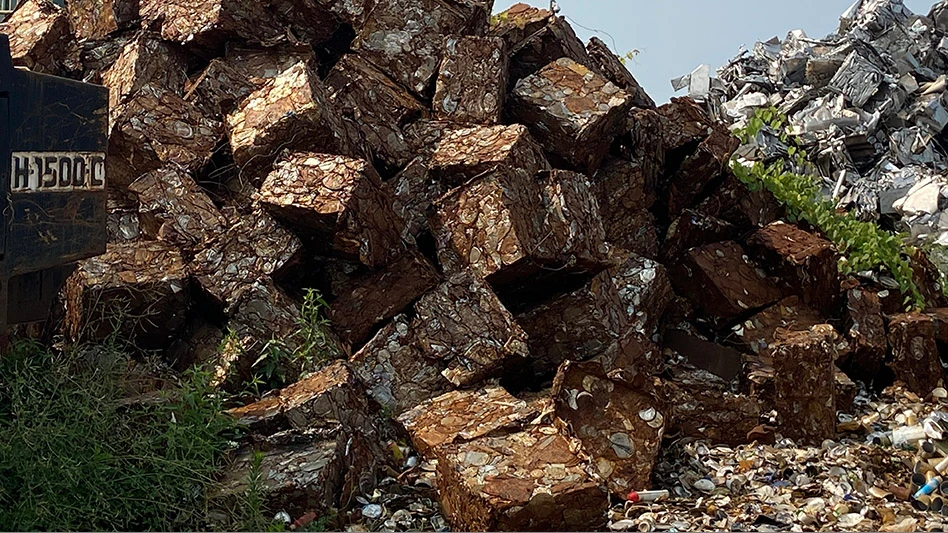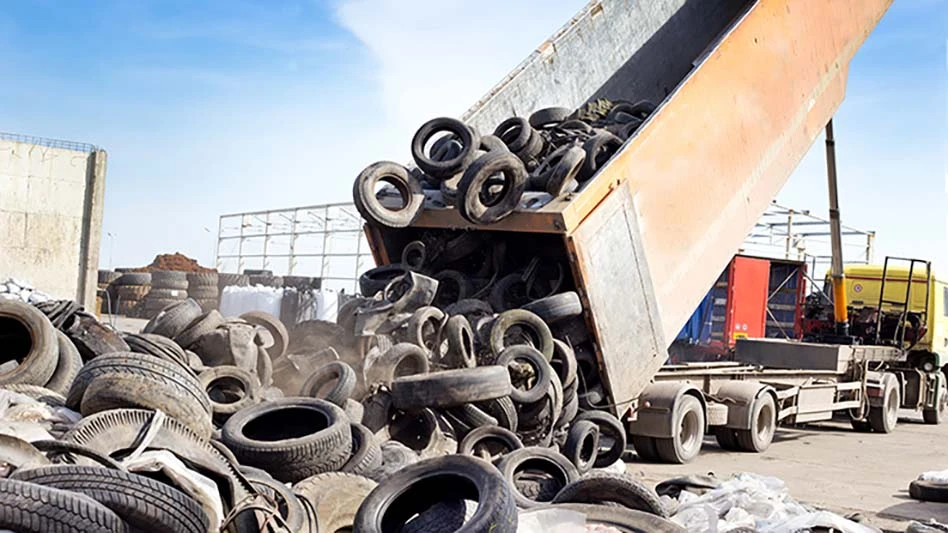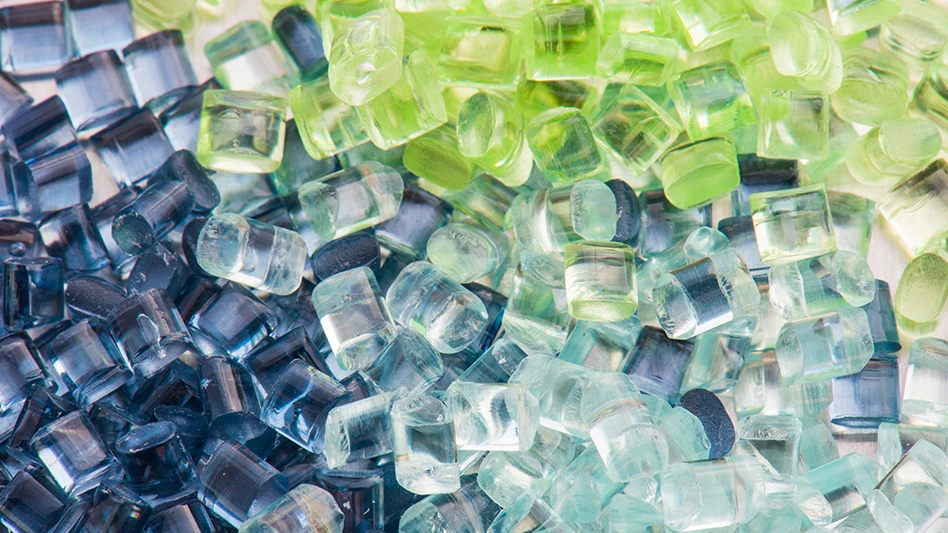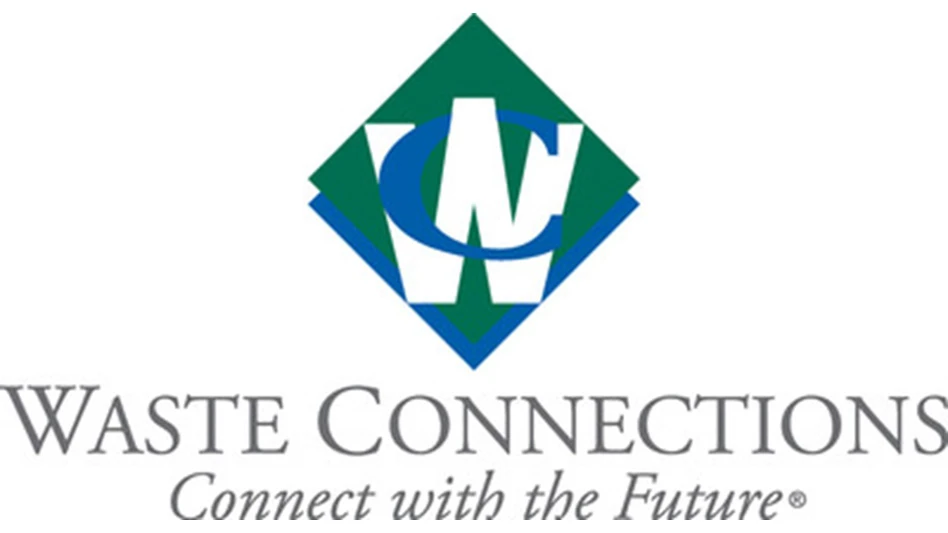
Amid growing geopolitical tensions and the global fight between “black” aluminum with a higher carbon footprint and low-carbon “green” aluminum, a region operates at the breach of the two sides. The Middle East’s Gulf aluminum industry, powered by natural gas, is positioning itself as a key supplier of aluminum behind China.
The Middle East’s Gulf region produced about 6.3 million tons of primary aluminum in 2023, up 80 percent from the 3.5 million tons produced in 2010, accounting for about 9 percent of global aluminum output. The growth mostly is driven by five primary aluminum producers in the region:
These producers operate under the umbrella of the Dubai, United Arab Emirates-based Gulf Aluminium Council, a coordinating body representing the aluminum industry within the Gulf Cooperation Council (GCC), which comprises Bahrain, Kuwait, Oman, Qatar, Saudi Arabia and the UAE.
This growth is a strategic move by the GCC to reduce its reliance on oil revenue by promoting nonoil business investments like new infrastructure projects, tourism and metals and minerals. The nonoil sector is estimated to have grown 4.3 percent in 2023, buoyed by government investments for economic diversification, and the sector is projected to grow by about 3.6 percent in 2024, while oil sector revenue continues to dwindle in light of capacity cuts and falling prices.

The upper hand
GCC smelters are among the most technically advanced, environmentally clean and lowest-cost in the world, sourcing 100 percent of their electrical power from natural gas made at local facilities. This keeps the carbon intensity of their production at around 8 tons per metric ton of aluminum produced, while the global average is about 15 metric tons of carbon per metric ton of aluminum.
An acceptable carbon emission threshold and high-quality primary aluminum products make GCC aluminum producers key exporters, and about 70 percent of the aluminum produced in the region is exported globally.
In fact, GCC countries are estimated to export about 2 million tons of aluminum to the U.S. and Europe annually. According to the U.S. Census Bureau, in 2023, the UAE was the second-largest supplier of primary aluminum to the U.S. after Canada. The country exported 491,714 tons of primary aluminum to the U.S. last year, about 13 percent of the total, while Canada made up 69 percent.
The GCC countries’ significance as aluminum suppliers is increasing multi-fold after the Russia-Ukraine war and ensuing sanctions. In light of the ban on Russian aluminum by the European Union and the U.S., aluminum buyers from Europe likely will depend more on GCC aluminum. The ban created a sudden rally for London Metal Exchange (LME) aluminum, with pricing on the LME reaching a 22-month high April 15 before retreating later that week. The only region that will benefit is the GCC because of its relatively cleaner aluminum production and proximity to Europe.
Aluminum recycling: The weak link
The GCC aluminum industry remains primary aluminum-focused, with insignificant recycled aluminum output. The region generates a decent amount of aluminum scrap from its construction, transport and packaging sectors, and Saudi Arabia and the UAE are top scrap generators. However, 75 percent of this material primarily is exported to Asian countries, including India, China, Japan, South Korea and Pakistan.
India imported about 313,187 tons of aluminum scrap from the UAE and Saudi Arabia in 2023, with the countries being the third- and fourth-largest exporters of that material to India, respectively. Extrusion, wheels and tense continue to be the most popular aluminum scrap grades India imports from the two countries.
The region has high landfill rates and no official extended producer responsibility regime in place. Additionally, informal waste collection is absent primarily as scavenging is illegal and sorting infrastructure capacity is inadequate compared with the volume of scrap generated. As the local smelters are not adapted for used beverage can (UBC) scrap, most ends up getting exported.
Secondary expansions
However, GCC countries, especially Saudi Arabia and UAE, are investing in new material recovery facilities to streamline domestic aluminum recycling. Moreover, primary aluminum producers are investing in recycling capacities domestically and overseas.
Emirates Global Aluminum (EGA) is building the UAE’s largest aluminum recycling plant with 170,000 tons of capacity per year. The plant will process postconsumer aluminum scrap from the construction and transport sector to produce aluminum billets. The low-carbon metal produced in the plant, which is expected to be commissioned in three years, will be branded as RevivAL.
EGA also agreed to acquire German aluminum recycling firm Leichtmetall Aluminum. Leichtmetall produces up to 30,000 tons of aluminum billets per year using 80 percent aluminum scrap and renewable energy. This will be EGA’s first major acquisition aimed at capturing European scrap.
In terms of existing capacity, Saudi Arabia’s Ma’aden has a UBC recycling unit under its subsidiary Ma’aden Rolling Co. (MRC) that can recycle 120,000 tons of UBCs. This is the only existing new technology-based recycling plant in Saudi Arabia. The London-based International Aluminium Institute estimates the UAE consumes 7,500 tons of UBCs per year and about 1,500 tons are exported to Novelis or Ma’aden for can-to-can processing.

Forward integration
Since a major portion of the GCC’s primary aluminum production is exported, the region has limited downstream expansion. No large-scale downstream facility can consume this primary aluminum. The existing downstream facilities primarily produce extrusion products to cater to the growing building and construction sector and source aluminum from domestic smelters.
Bahrain’s Gulf Aluminium Rolling Mill was the first fully dedicated downstream aluminum facility in the Middle East formed in 1981 by Bahrain, Iraq, Kuwait, Oman, Qatar and Saudi Arabia. It has an annual production capacity of more than 165,000 metric tons of flat-rolled aluminum products.
UAE’s Gulf Extrusion, the flagship company of the business conglomerate Al Ghurair Group, has 70,000 metric tons of aluminum extruded products capacity per year. Bahrain Aluminum Extrusion Co. sources primary aluminum from Alba and produces 32,000 metric tons of aluminum extrusion per year.
The region also produces some flat-rolled products meant for the packaging and automotive sectors. Saudi’s MRC has a capacity of 460,000 metric tons per year of can sheet, end and tab stock and aluminum auto sheet. Oman Aluminum Rolling Co. was built as a greenfield aluminum rolling mill at the Sohar Industrial Estate adjacent to the Sohar Aluminum smelter to produce flat-rolled aluminum products. Its annual capacity is 140,000 metric tons.
Looking ahead
Ex-China, the GCC and India are the two emerging aluminum hubs that likely will determine the course of global aluminum supply. GCC aluminum producers remain a threat to their Indian counterparts given their superiority as clean aluminum suppliers. India produces about 4.2 million tons of aluminum per year and exports about 2.3 million tons, but India’s aluminum sector has the highest carbon emission threshold globally, which could negatively affect its exports to the EU once the cross-border adjustment mechanism comes into play. The EU is India’s second-largest trading partner and a key destination for its aluminum exports.
The GCC, on the other hand, is eying further aluminum capacity expansion as the overseas business prospect continues to improve. Alba has expanded its capacity to 1.62 million tons through its Line 6 Expansion Project, which added 540,000 tons to its nameplate capacity. The company also plans to add another 540,000 tons in annual capacity with the Line 7 Expansion Project.
Meanwhile, piggybacking on the growing focus on low-carbon aluminum, EGA has launched its low-carbon aluminum brand called CelestiAL, fueled by solar power. The aluminum maker produced 66,000 tons of solar aluminum in 2023 and has signed several supply contracts with leading global automakers.
The aluminum production base has moved to Asia amid rising production costs in the U.S. and Europe. Adding to that, China has set a national-level capacity cap of 45 million tons for primary aluminum and is almost exhausting its capacity threshold. Under such conditions and amid the lost sheen of Russian aluminum for Western buyers, the GCC is bound to grow further as a global aluminum supplier and an Asian aluminum powerhouse.
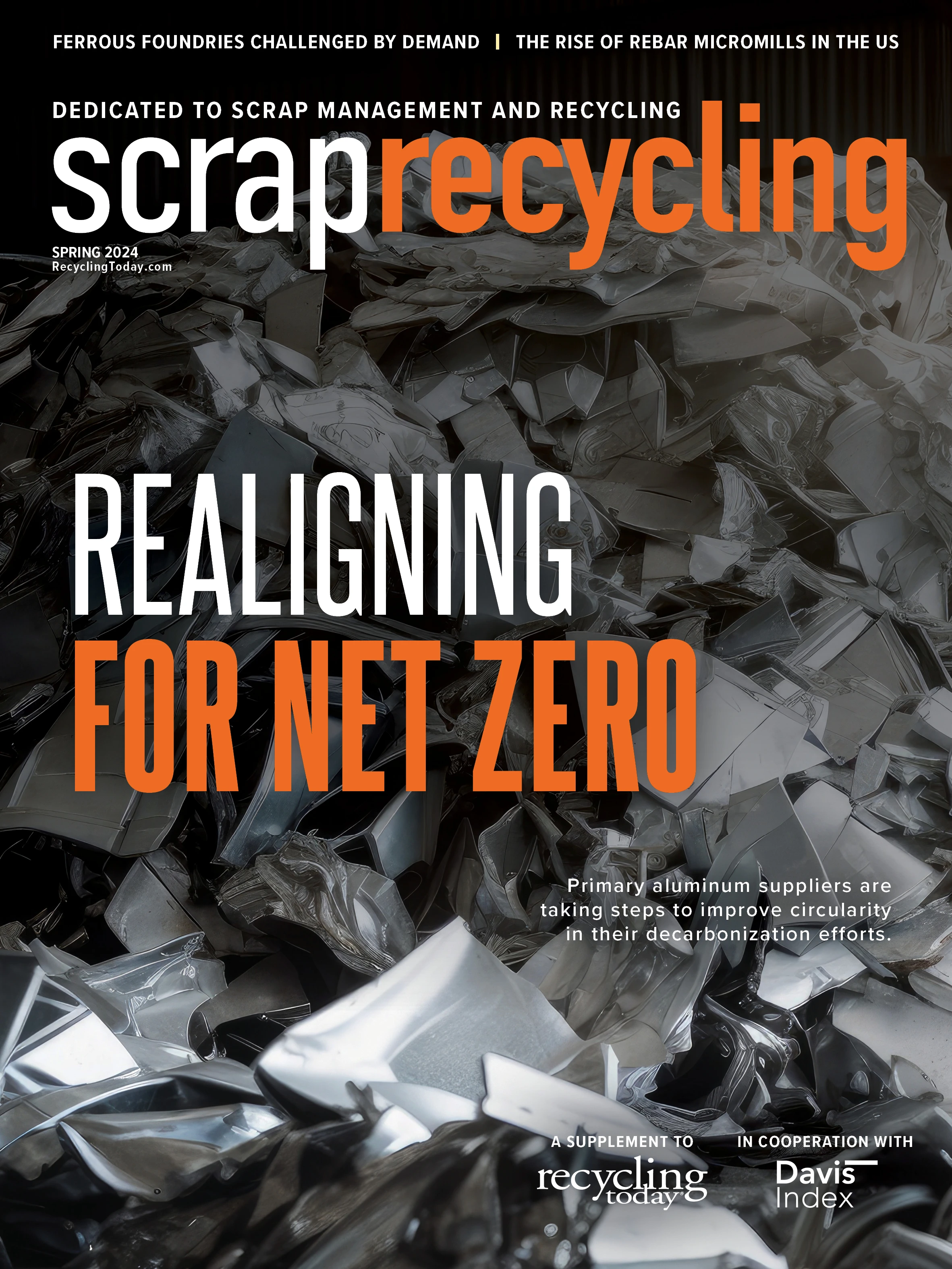
Explore the Spring 2024 Scrap Recycling Issue
Check out more from this issue and find your next story to read.
Latest from Recycling Today
- Lautenbach Recycling names business development manager
- Sebright Products partners with German waste management equipment company
- WasteExpo transitions to biennial format for enhanced experiences
- Study highlights progress, challenges in meeting PCR goals for packaging
- Washington legislature passes EPR bill
- PureCycle makes progress on use of PureFive resin in film trials
- New copper alloy achieves unprecedented high-temperature performance
- Gränges boosts profits and sales volume in Q1 2025
